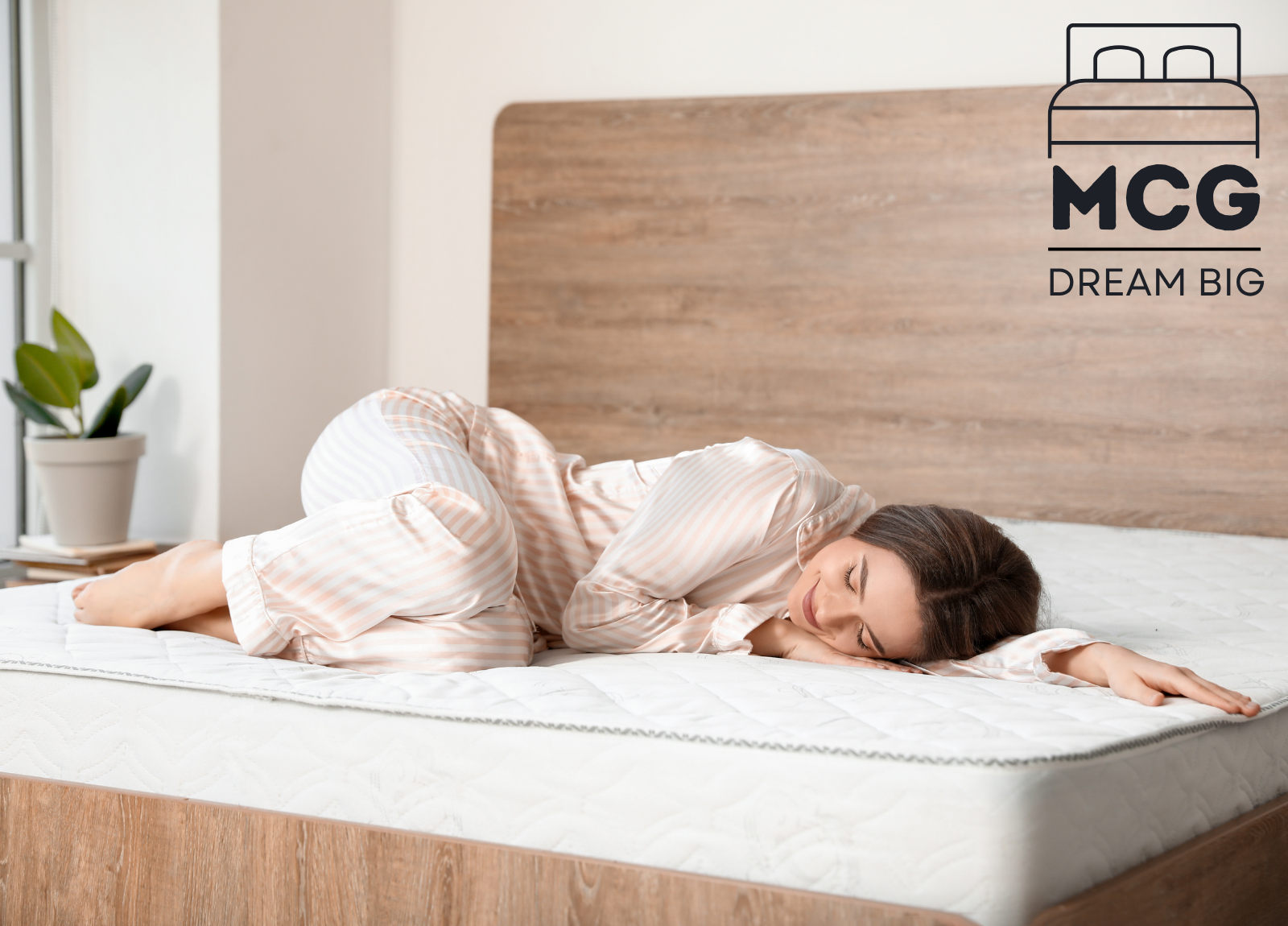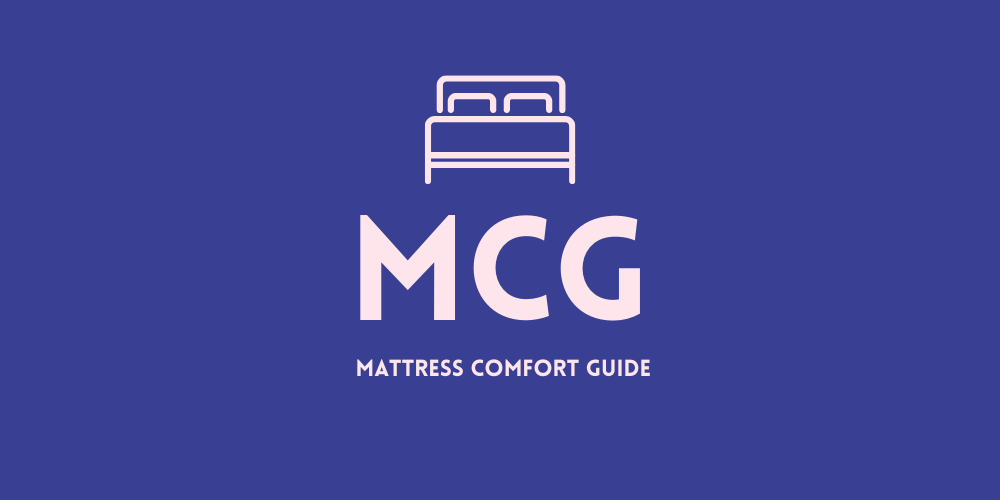
Mold is one of the most persistent issues for RV, camper van, and motorhome owners around the world. It creeps up in dark, damp corners and thrives in high-humidity environments – just like the interior of an RV. Mold grows in dark damp areas that have limited ventilation – such as beneath a mattress. But don’t worry. This article covers 8 simple steps you can take to make sure mold doesn’t become an issue. Below we cover everything you need to know about how to prevent mold under an RV mattress.
How to Prevent RV Mattress Mold
When it comes to RV mattress mold – prevention is key. Once mold and mildew take hold in a mattress they are notoriously difficult to eradicate. Your best bet is to take measures now so that you never have to face the problem. Keep your mattress clean, dry, and mold-free. Just follow the 8 steps below on how to prevent mold on an RV mattress.
1: Air the Mattress
The easiest and most effective way of preventing mold under an RV mattress is to regularly air out the mattress. By airing the mattress you will effectively allow residual moisture to evaporate into the air. It is a great way of keeping the mattress dry and clean.
All you have to do is periodically stand the mattress on its side when it’s not in use. This will expose both sides of the mattress to fresh air – as well as the surface of the bed frame. If it’s a dry sunny day – even better. You can leave it outside for an hour or two and let the fresh air and sun rays work their magic.
Then, when you go to put it back on the bed, flip it. Turn it upside down so that the surface that was on top is on the bottom and the bottom is now on top. Note, not all mattresses can be flipped, for example, hybrid mattresses.
2: Insulate Mattress from Bed Frame
Next up is insulation. Mold forms under an RV mattress in the presence of moisture. This happens when condensation forms due to the warmth of your body heating the mattress. This warm air condenses to form water droplets where the warm mattress contacts the cold bedframe. To eliminate the issue, all you have to do is add a layer of insulation. Insulation is cheap, easily fitted, and highly effective at preventing mold under an RV mattress.
3: Add Mold Resistant Paint
Mold-resistant paint is highly effective at preventing the growth of mold. It has been specially manufactured to contain chemicals that inhibit the formation and growth of mold at a cellular level. To apply mold paint, begin by removing your RV mattress and exposing the surface of the bed frame. Clean the frame and when it is completely dry you can begin adding the mold-resistant paint. While you’re at it, add a second coat for good measure!
4: Use a Ventilation Mat
Ventilation is key to the prevention of mold under an RV mattress. By increasing airflow, you reduce the accumulation of moisture and this has the effect of limiting mold formation. A ventilation mat is a specially designed mat that promotes airflow beneath the RV mattress. All you have to do is place it between the bed frame and the RV mattress.
5: Drill Some Ventilation Holes
If you really want to promote airflow under your RV mattress you can try drilling some holes in the bed frame. Make sure it’s safe to do so before you start. You don’t want to cause any structural damage to the bed or the RV. Adding holes to the frame will promote airflow beneath the mattress and inhibit the formation of mold.
6: Use a Dehumidifier
Another great way to prevent mold under an RV mattress is to use a dehumidifier. Mold thrives in high-humidity environments. It needs moisture in the air to take hold and grow. A dehumidifier is a small electrical device that removes moisture from the air. By running a dehumidifier in your RV you will reduce the humidity level and create an environment that is difficult for mold to form.
7: Avoid Spills & Keep Dry
One of the simplest ways of preventing RV mattress mold is to keep the area dry. Mold needs dampness and moisture to grow. By keeping the area around your bed and mattress dry you will greatly reduce the chances of mold becoming an issue. Try your best to avoid any spills in the area. If liquid is accidentally spilled, you should clean and dry it up as soon as possible.
8: Use a Mattress Protector
A mattress protector is a cheap and highly effective way of protecting your mattress and keeping it dry. It forms a physical waterproof barrier on the surface of the mattress that prevents moisture from reaching the mattress. And, if your mattress remains dry and clean you are much less likely to experience mold beneath the mattress.
RELATED
RV Mattress Moisture – What Causes It & How to Prevent It
RV Mattress Size Guide – All You Need to Know
What Causes Mold on an RV Mattress?
Mold is a type of fungus that grows in dark, damp, humid environments. And, the area beneath an RV mattress is an ideal breeding ground. This area perfectly meets the conditions and the formation of mold and mildew under an RV mattress is a frequent problem.

Darkness
The area beneath an RV mattress is pitch dark. It receives no light whatsoever. Mold grows in areas with no natural daylight and the space between the bedframe and mattress meets this requirement perfectly.
Moisture
Mold and mildew require moisture to form and grow. And, the area beneath an RV mattress tends to get damp if it is not regularly aired ad dried out. The warmth of body heat passes into and through the mattress while you sleep. And, when this warm air meets the cold surface of the bed frame tiny water droplets form as the moisture in the air condenses.
Lack of Ventilation
The area below a motorhome mattress receives very little airflow. This contributes to the formation of condensation in the area as warm moist air cannot escape. Ventilation would allow this warm air to escape the area and prevent the accumulation of moisture on the bedframe.
Humidity
The air inside an RV or motorhome is typically humid. This means it contains a high level of moisture in the form of water vapor. This humid air condenses when it contacts cold surfaces such as bedframes and windows. Reducing the humidity level in the RV will mitigate the risk of mold formation.
What Is Mold?
Mold is a type of fungus and is sometimes referred to as mildew. It grows in dark, damp locations that receive little ventilation. Mold spores are present in the air around us and float around until they land in an environment that meets their needs – such as beneath an RV mattress. They then dig in and take advantage of the favorable conditions.
Mold and mildew are not limited to RVs and motorhomes. They are commonly found on home surfaces such as walls, ceilings, and fabrics once the right conditions are found. These nasty critters are often found in damp houses that receive little daylight or ventilation.
The mold found in an RV can vary in color but almost always has a fuzzy appearance. The most common types are green, black, and white mold and mildew. It favors natural materials such as wood and fabrics that allow it to gain a firm hold on its porous surface.
Mold not only looks nasty and smells bad, it can also have negative effects on health. Many people suffer allergic reactions to mold and it can trigger respiratory problems in others. It can be very difficult to eradicate once it takes hold so your best bet is prevention. Nip it in the bud before it becomes a problem.
Is It Time to Replace Your RV Mattress?
If your mattress is showing signs of mold and mildew it could be time to invest in a new RV mattress. Once mold begins to form it can be very difficult to remove. The fungus can penetrate the mattress material and deposit spores deep inside out of reach of the cleaning solution. If your mattress has a mold infection your best bet could be to bin it and get a fresh new one. Check out How Often Should You Replace an RV Mattress for more info.
ABOUT THE AUTHOR
JESSICA GABEL – MCG Contributor
Jessica joined the MCG team in 2021 and is our in-house sleep expert. She is a fountain of knowledge on sleep cycles, sleep hygiene, and sleep-related disorders. Jessica is a graduate of the College of Arts and Sciences at the University of New Mexico and holds a B.S in Sociology.
When she’s not educating us on sleep-related matters she is continuing her studies at the University of Arizona. Outside of work and study, Jessica likes to explore the great outdoors. Her favorite places to visit include the White Sands National Park, Chaco Culture National Historical Park, and the Carlsbad Caverns National Park.
